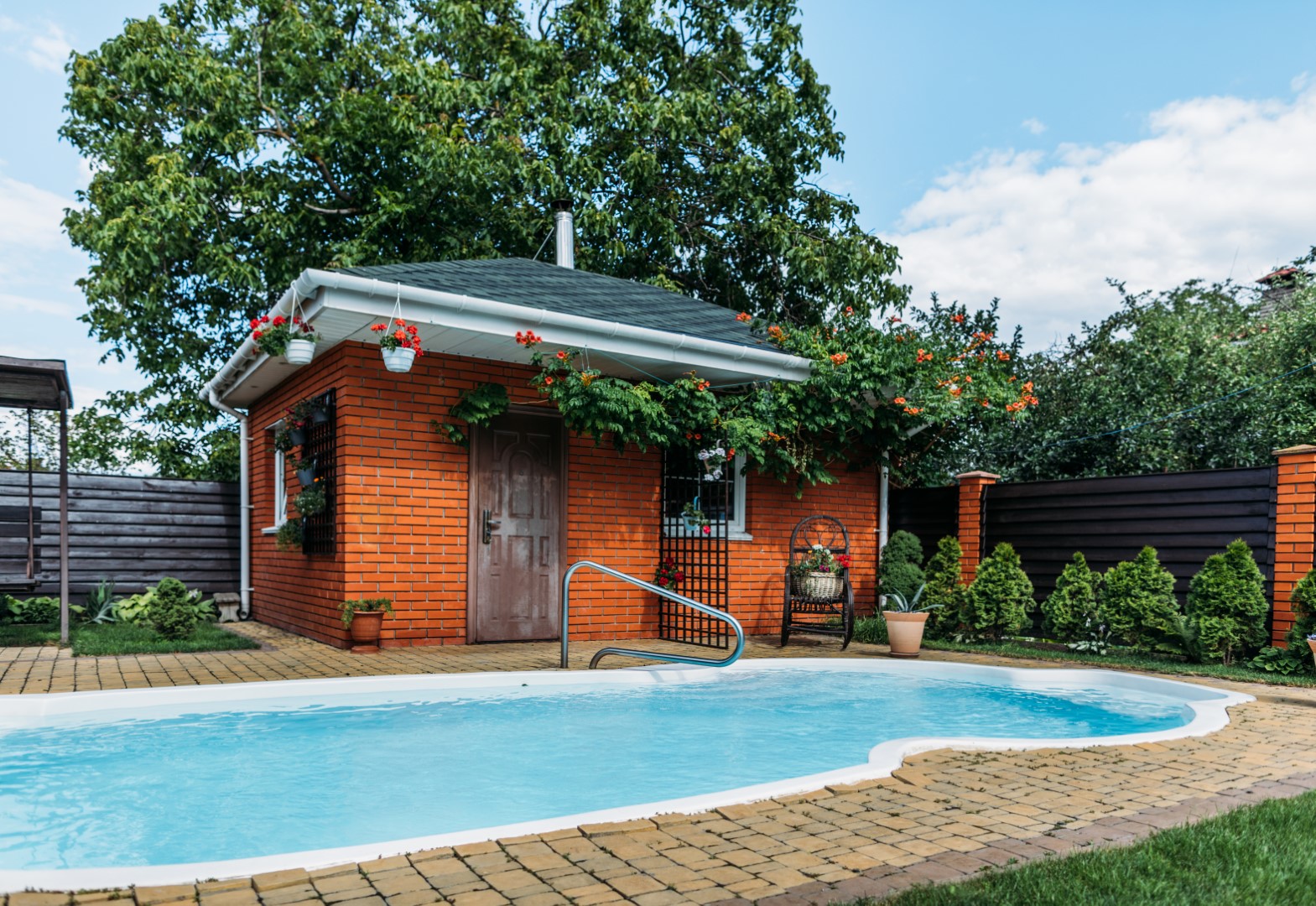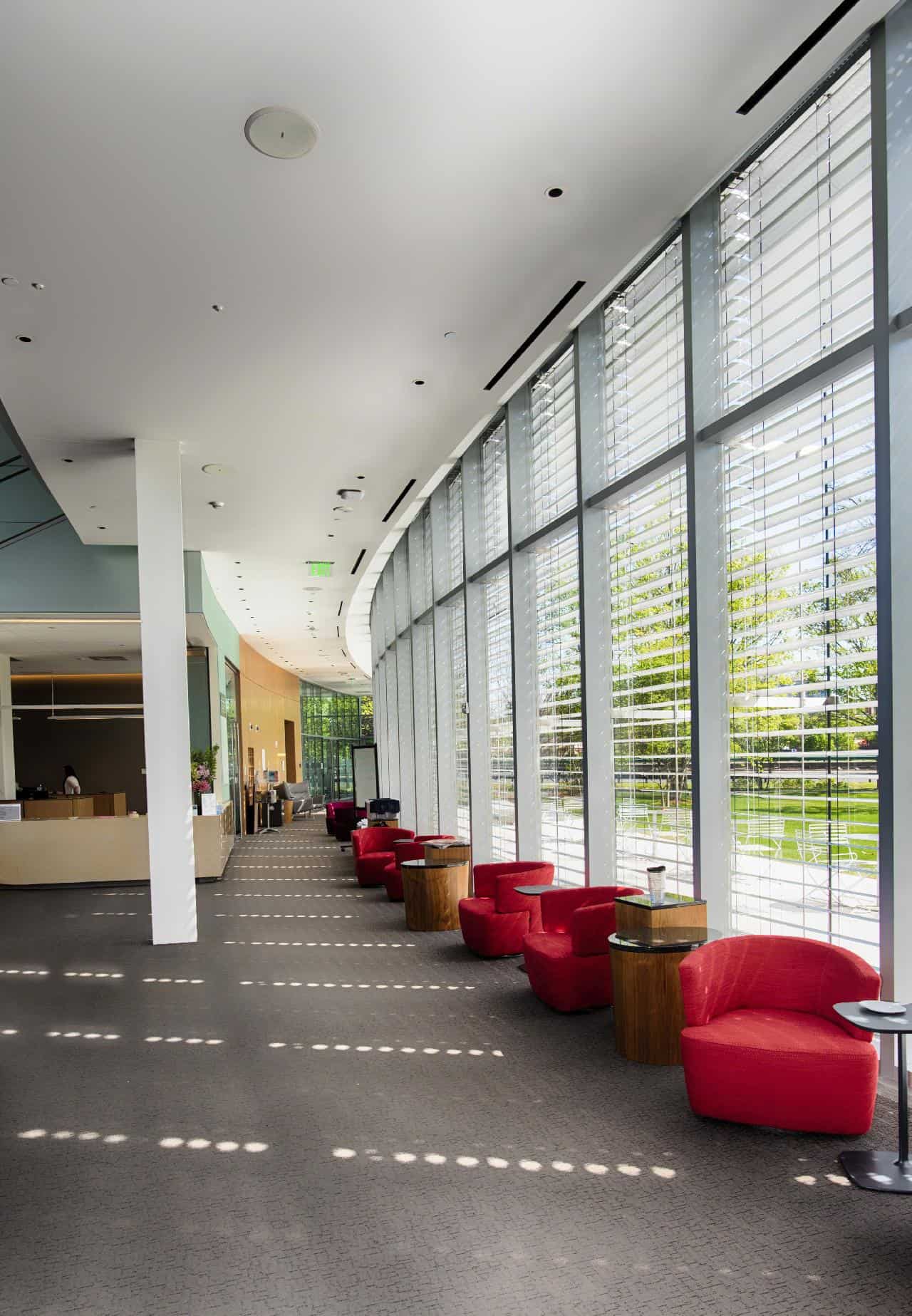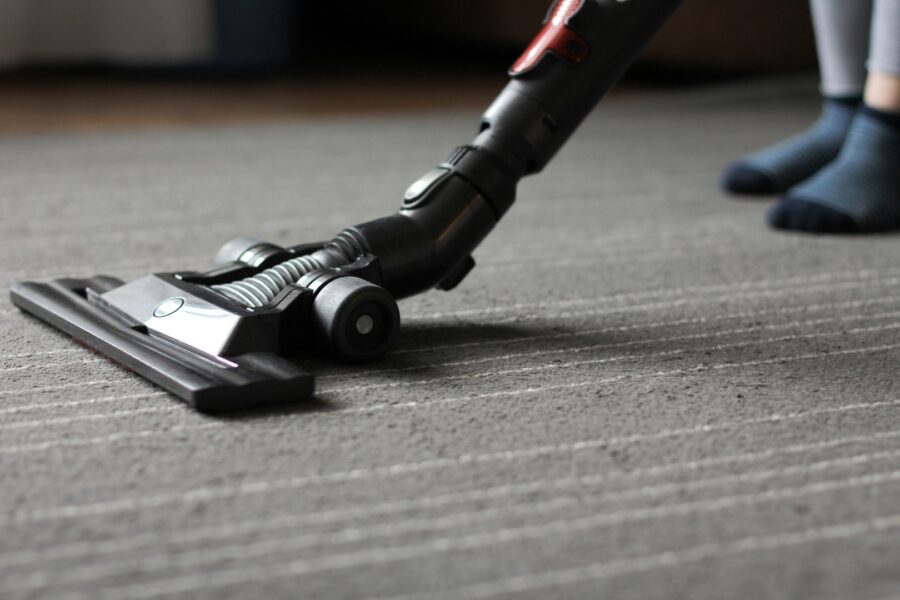The allure of a pool gracing the home landscape is timeless, an oasis where one can escape the heat and relax without a care. Within the diverse world of pool types, fibreglass pools have surged in popularity, offering a smooth, easy-to-clean surface that captures the shimmering essence of water beautifully. Yet, a persistent question lingers among prospective fibreglass pool owners: will my pool’s colour fade over time? In this in-depth exploration, we will demystify the myth. We’ll discuss the colouring of fibreglass pools during the manufacturing process, understand the science behind their hues, explore the factors that could influence their vibrancy, and arm homeowners with maintenance tips to keep their fibreglass pool a captivating centre of their outdoor space for years to come.
Myth or Reality: Do Fibreglass Pools Lose Their Hues?
It’s important to stand out with vibrant high quality fibreglass pool colours, which always makes a statement in any backyard. They are popular for their low maintenance and quick installation compared to traditional concrete pools, leading to their market dominance.
However, there’s a misconception about the durability of these pools’ colours. Some owners have noticed colour fading over time, which can be disappointing for those who value aesthetics. It’s important to know that not all fibreglass pools are the same. The colour’s longevity and the pool’s structural integrity largely depend on the manufacturing quality. High-quality fibreglass pools, crafted with superior materials and methods, are less prone to such issues.
Maintenance also plays a crucial role in keeping the pool’s colour vibrant. Regular cleaning, maintaining the right chemical balance, and avoiding harsh cleaning tools can help preserve the colour longer. So, when looking into fibreglass pools, it’s wise for buyers to research manufacturers and understand the maintenance needed to keep their pool looking great for years.
Understanding the Manufacturing Process
Fibreglass pools are meticulously crafted using high-quality materials such as polyester or vinyl ester resin, which are then reinforced with strong, flexible glass fibres. This combination of materials provides the pools with their renowned durability and resistance to wear and tear. When it comes to creating coloured fibreglass pools, the process involves an additional, intricate step. Pigments are carefully added directly to the pool’s gelcoat, a protective layer, during the final stages of lamination. This occurs just before the pool is carefully released from its mould, ensuring the colour is evenly distributed throughout the gelcoat.
This step is of paramount importance because it ensures that the colour becomes an integral part of the fibreglass shell, bonding seamlessly with the glass fibres and resins that provide the pool with its essential strength and structure. The significance of integrating the colour in such a way is that, over time, even as the gelcoat surface may begin to show signs of wear or age, the colour of the pool remains vibrant and unaffected. Unlike painted or coated surfaces that might chip or fade, the colour of a fibreglass pool is not superficial. It is deeply embedded within the gelcoat, ensuring that the pool continues to radiate its brilliant hue from within, much like a precious gemstone, maintaining its aesthetic appeal for years to come. This inherent durability and lasting beauty are what make fibreglass pools a preferred choice for homeowners looking for a long-lasting and visually stunning addition to their outdoor spaces.
Factors That Can Influence Colour Fading
A pool’s environment is subjected to a vast array of factors, both natural and man-made, that could contribute to colour fading. These include prolonged exposure to sunlight—the ultraviolet (UV) radiation, in particular—improper pool chemistry, usage, and the use of harsh cleaning agents. UV radiation can cause organic molecules in the gelcoat to break down, which may lead to a change in the crystal lattice structure and a subsequent change in hue. Similarly, using chlorine levels that are too high can accelerate this UV degradation process.
Another crucial aspect of colour retention is the integrity of the gelcoat. Any scratch or chip in the gelcoat layer can expose the fibreglass pool material to the elements, speeding up the wear and tear process. Furthermore, the accumulation of minerals or algae can alter the perceived colour of the pool due to these unsightly spots.
Maintenance Tips for Long-Lasting Colour
Preserving the pristine colour of your fibreglass pool requires diligence and care. It starts with maintaining proper water chemistry; pH and chlorine levels need to be monitored and adjusted regularly. Alkalinity and calcium hardness levels also influence the corrosiveness of water. Avoiding sudden and drastic pH changes can protect the gelcoat surface and, in turn, the pool’s colour.
Regular cleaning is another crucial component. Algae and other contaminants can inadvertently become more than a surface blemish—they can latch onto the pool’s walls and, over time, accelerate the wear on the gelcoat. A gentle hand with brushing and using approved cleaning products for fibreglass pools are essential safeguards. Additionally, the finish may benefit from periodic waxing, which acts as a layer of protection against UV and chemical degradation.
Lastly, consider the pool surroundings. Vegetation and structures that cast prolonged shadows can create pockets of uneven chemical treatment in the water, causing an imbalance and leading to undesirable deposits on the pool’s surface. By being proactive with both your pool’s maintenance and the management of its environment, you are actively prolonging its attractive lifespan.
Conclusion
The perception that fibreglass pools inevitably lose their colour may have historical precedent with older pool models or those subjected to extreme neglect. However, modern fibreglass pool designs and manufacturing processes have altered the narrative. While no product is impervious to the passage of time and outside influences, your fibreglass pool’s colour is intricately tied to its structure and can be upheld with a proper understanding of its unique care requirements.
Fibreglass pools offer a compelling commitment to low maintenance and long-term enjoyment, provided their owners reciprocate with attention and respect for their aquatic investments. By demystifying the misconceptions and armed with the knowledge of proper care techniques, homeowners can bask in the continued vibrancy of their fibreglass pool for many seasons, ensuring it remains not only a place of reprieve but a lasting piece of art in their outdoor sanctuary.
Discover more from Futurist Architecture
Subscribe to get the latest posts sent to your email.



